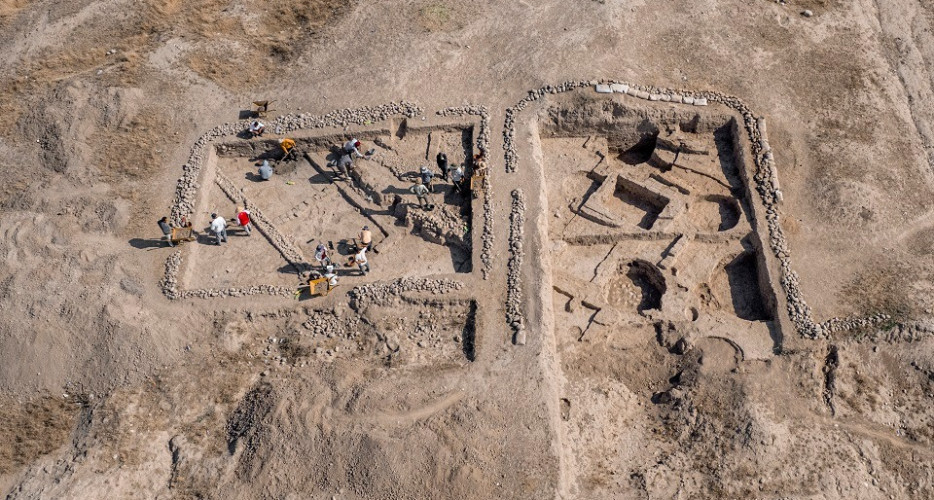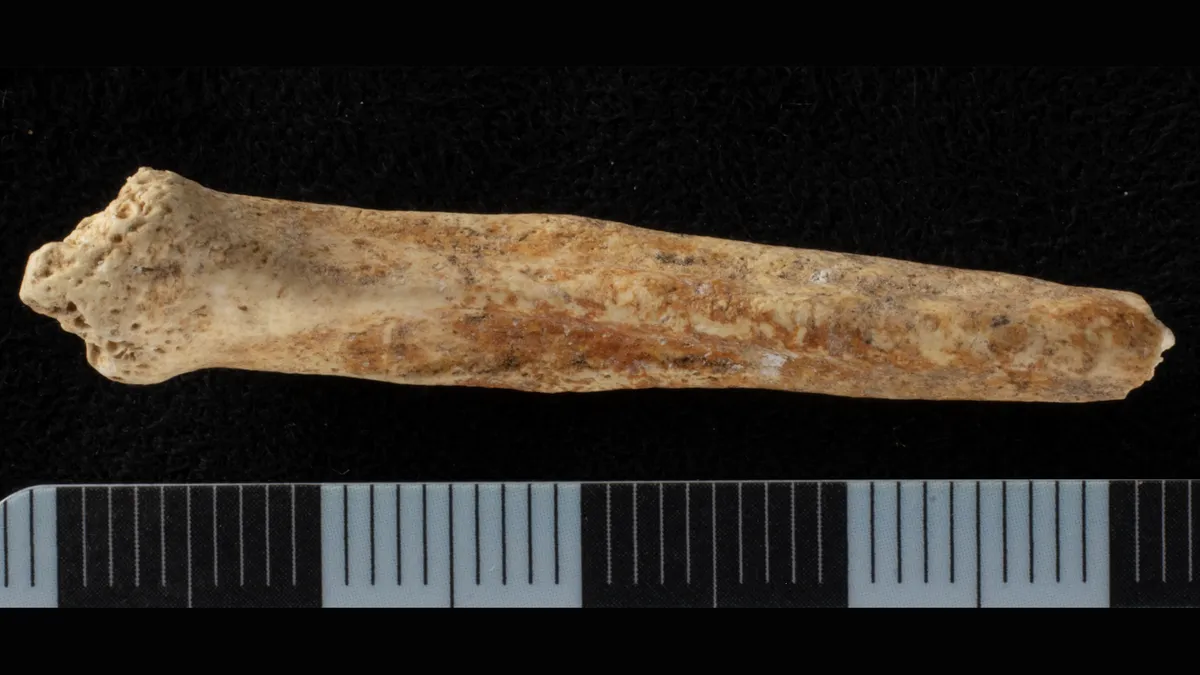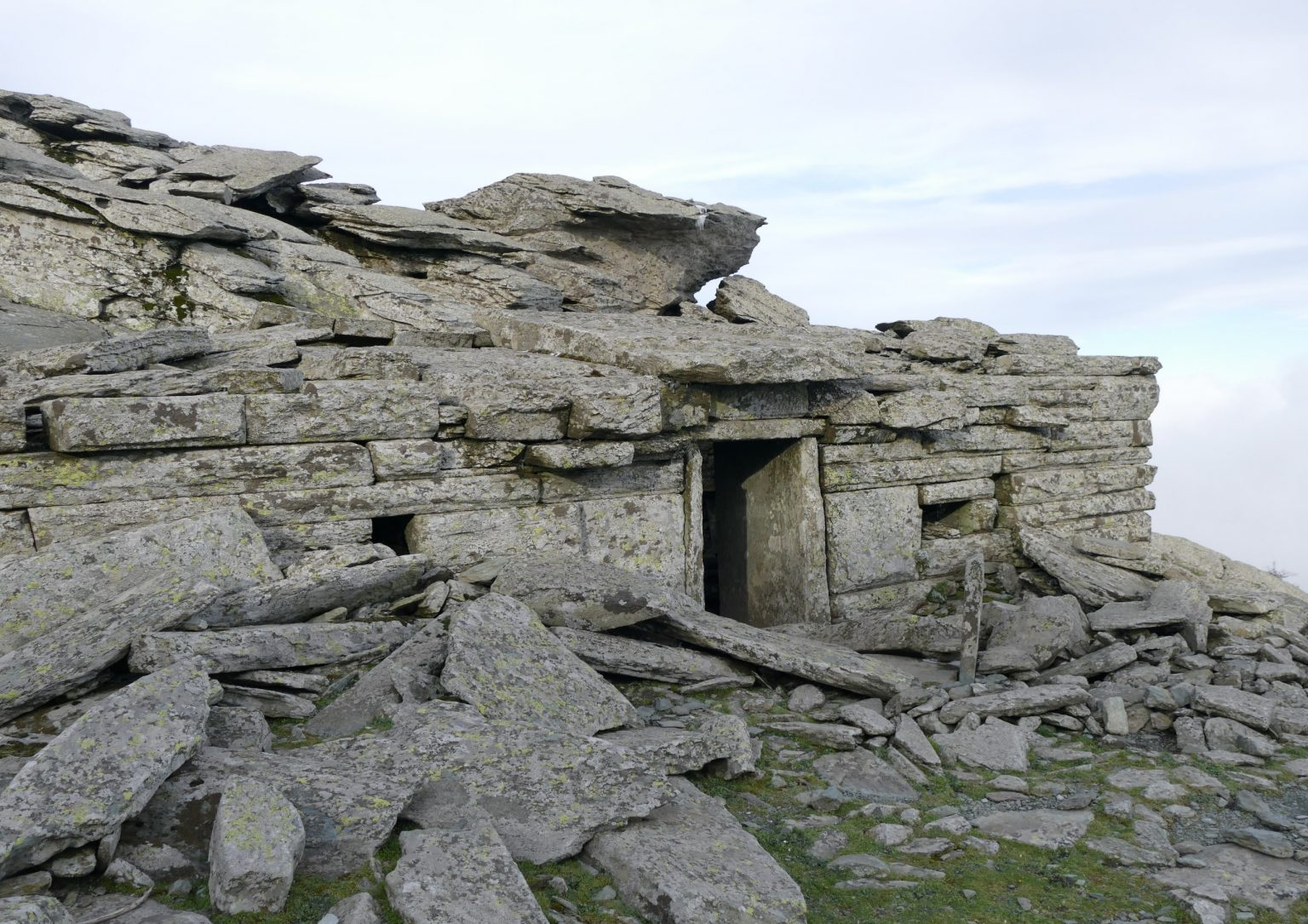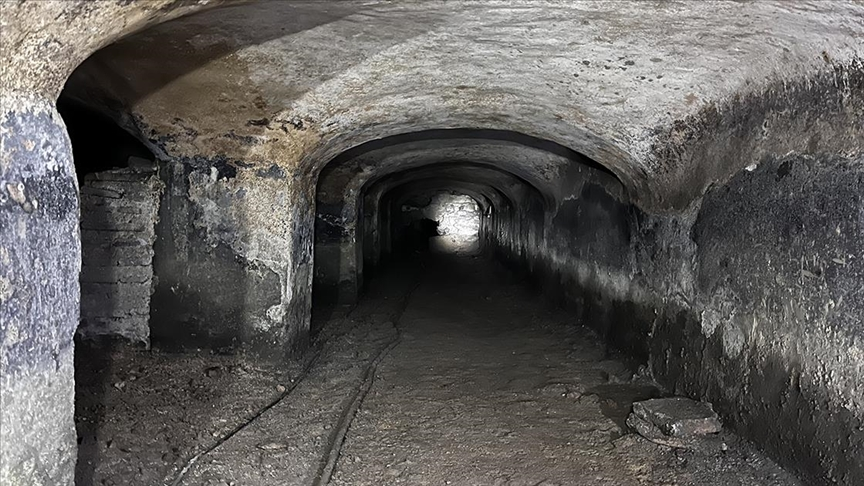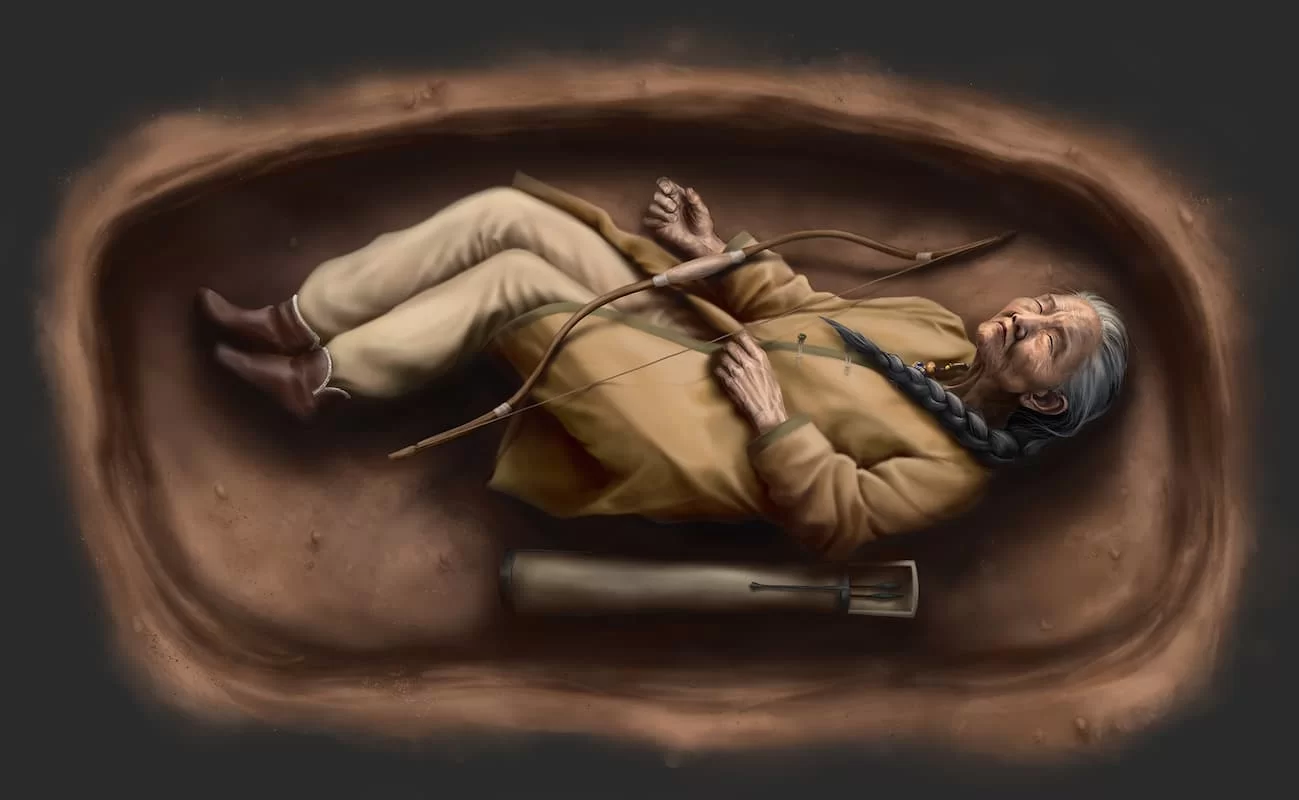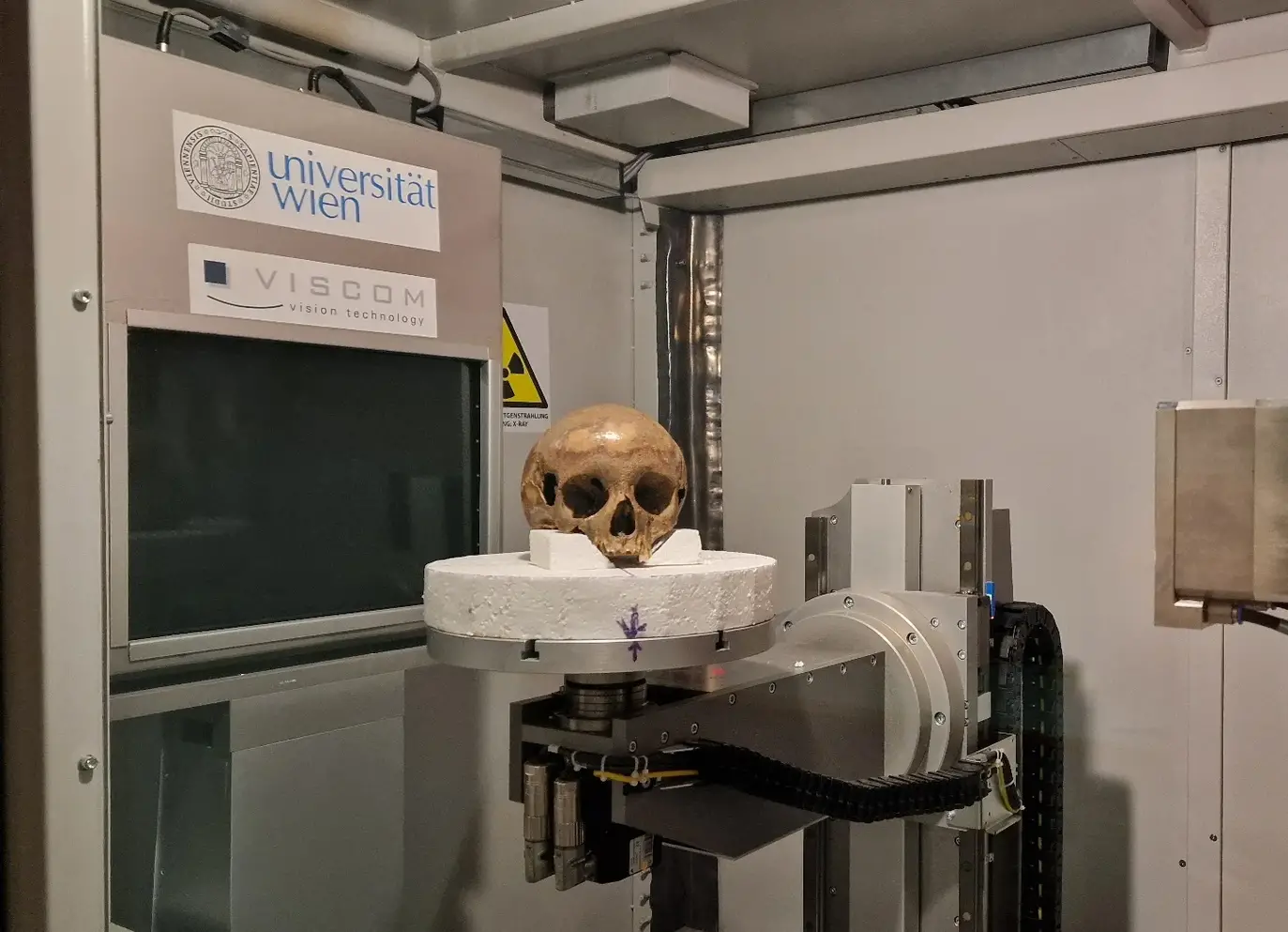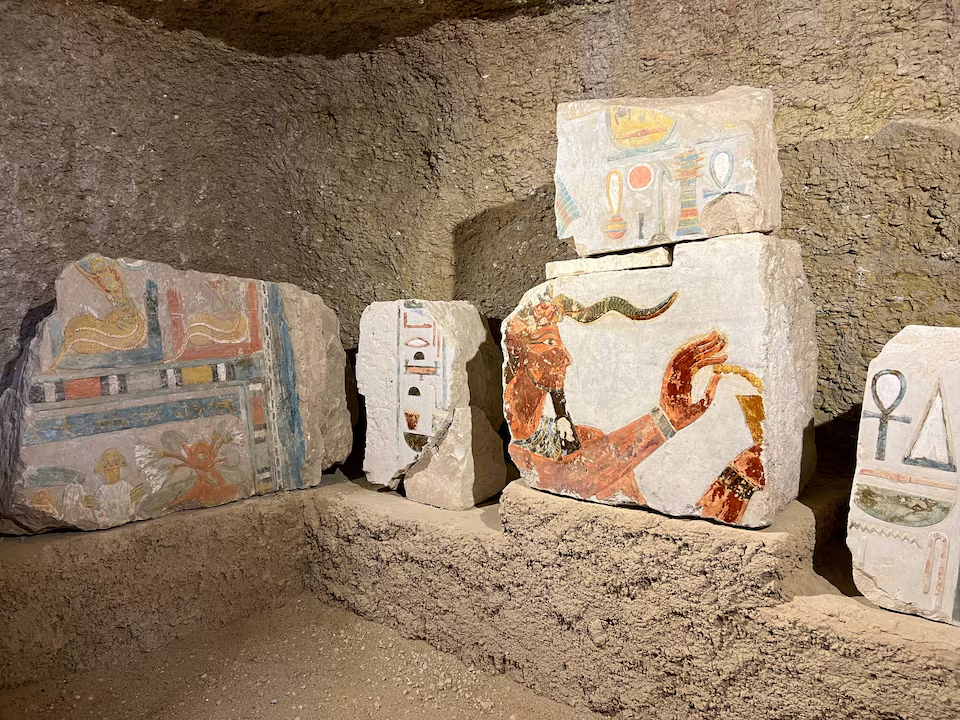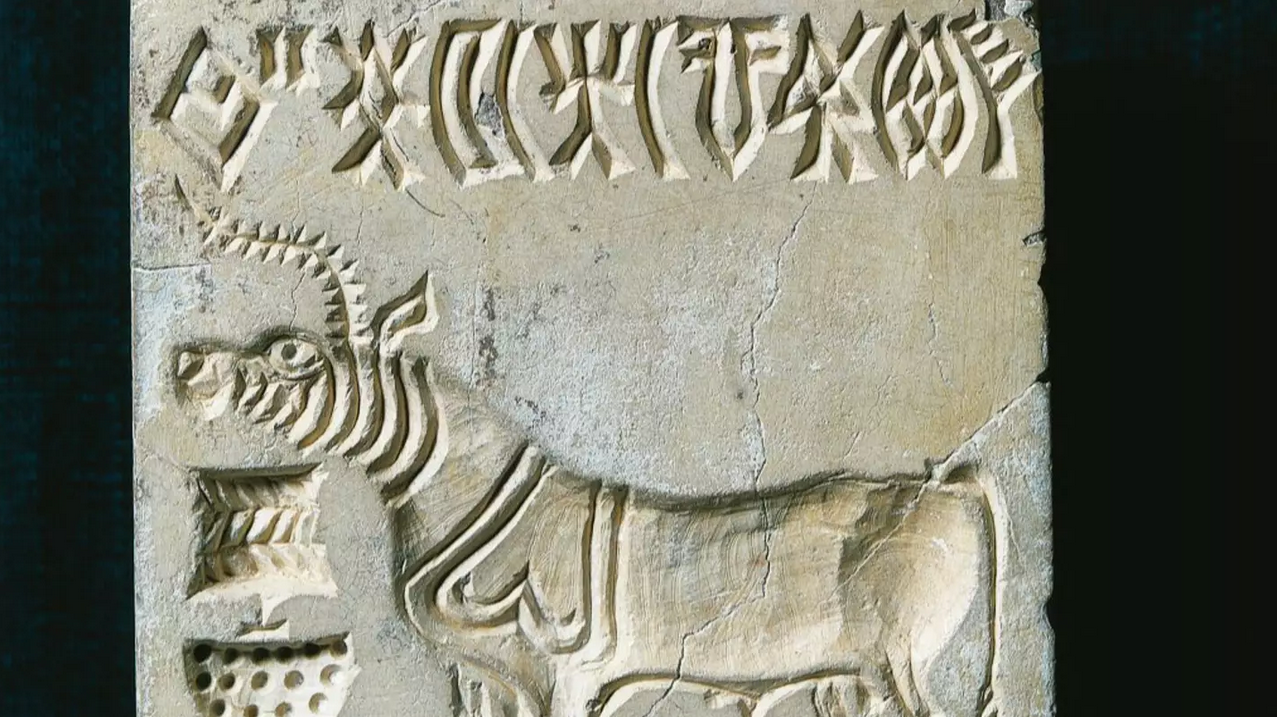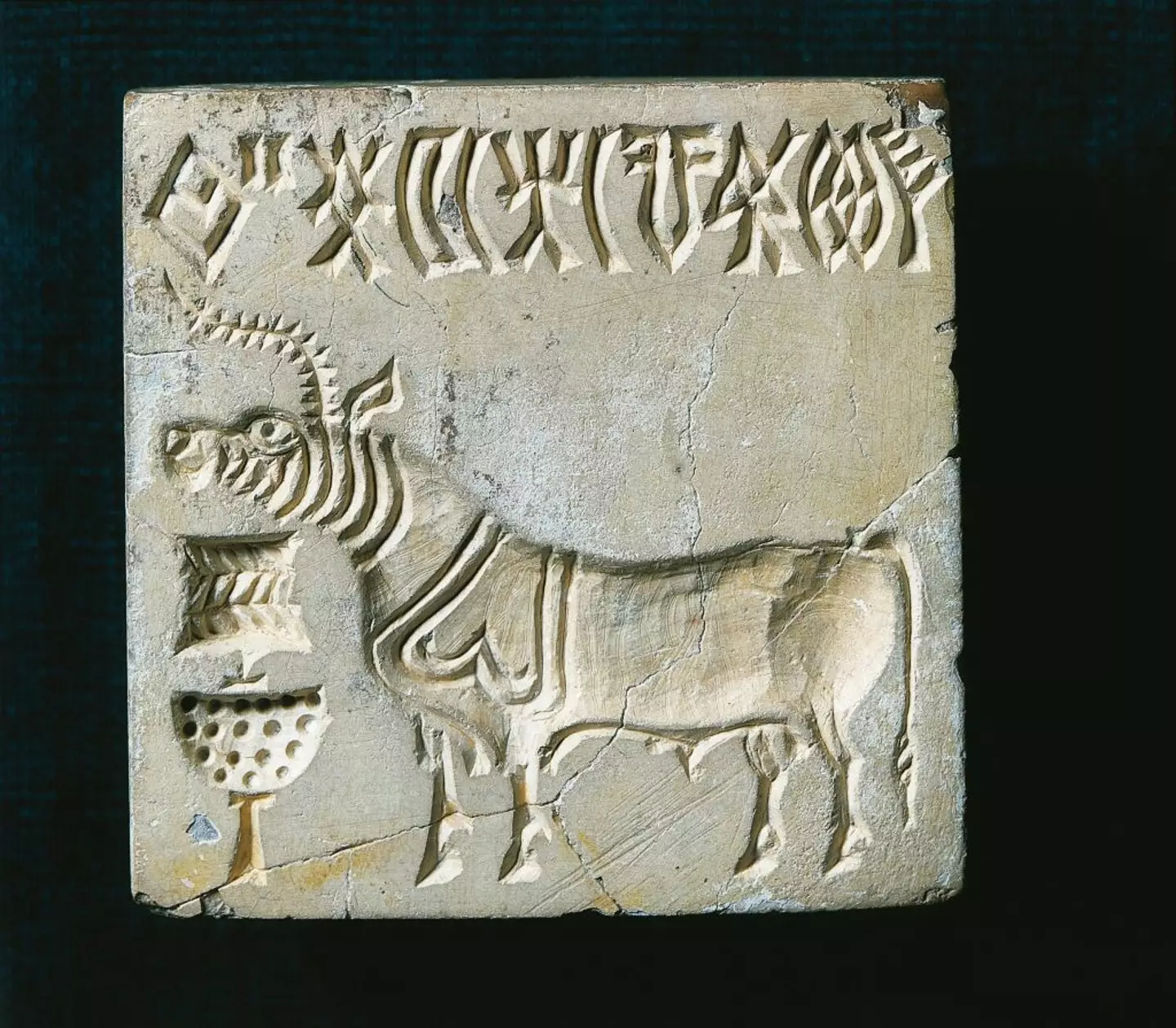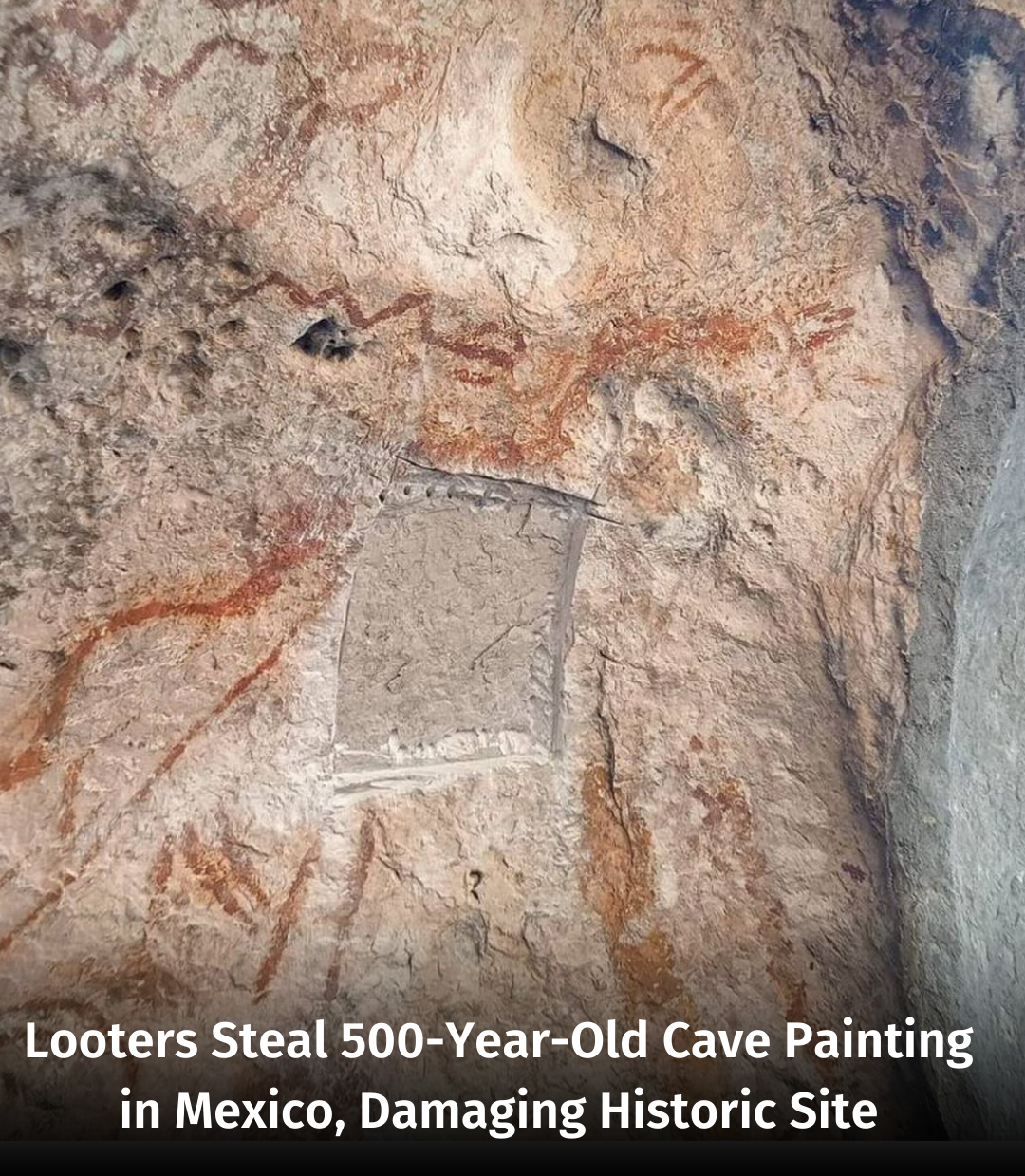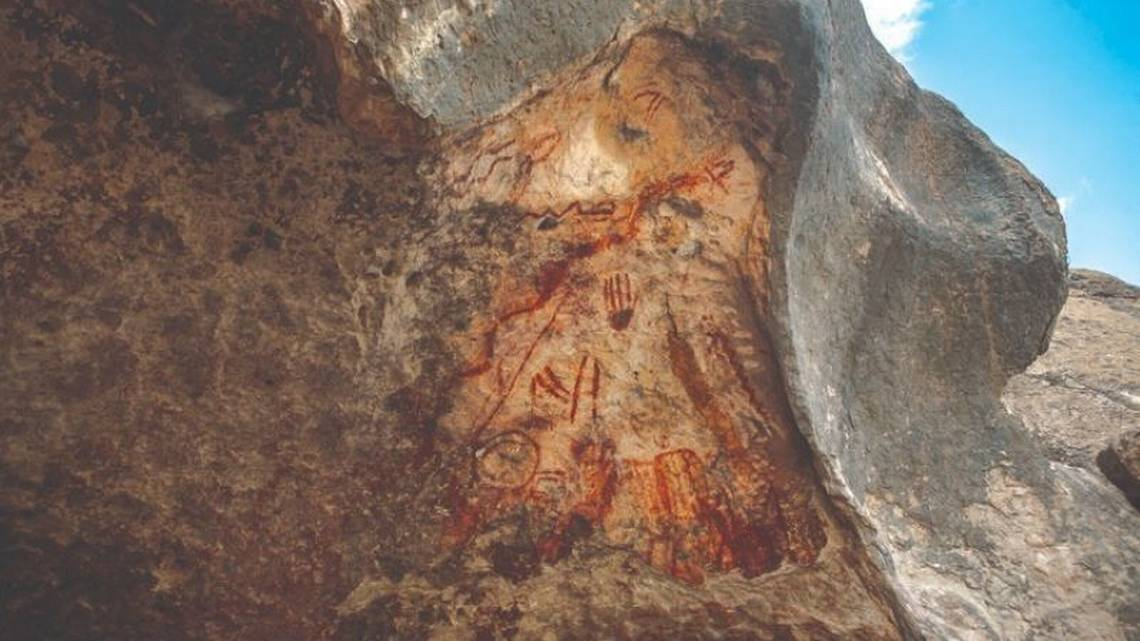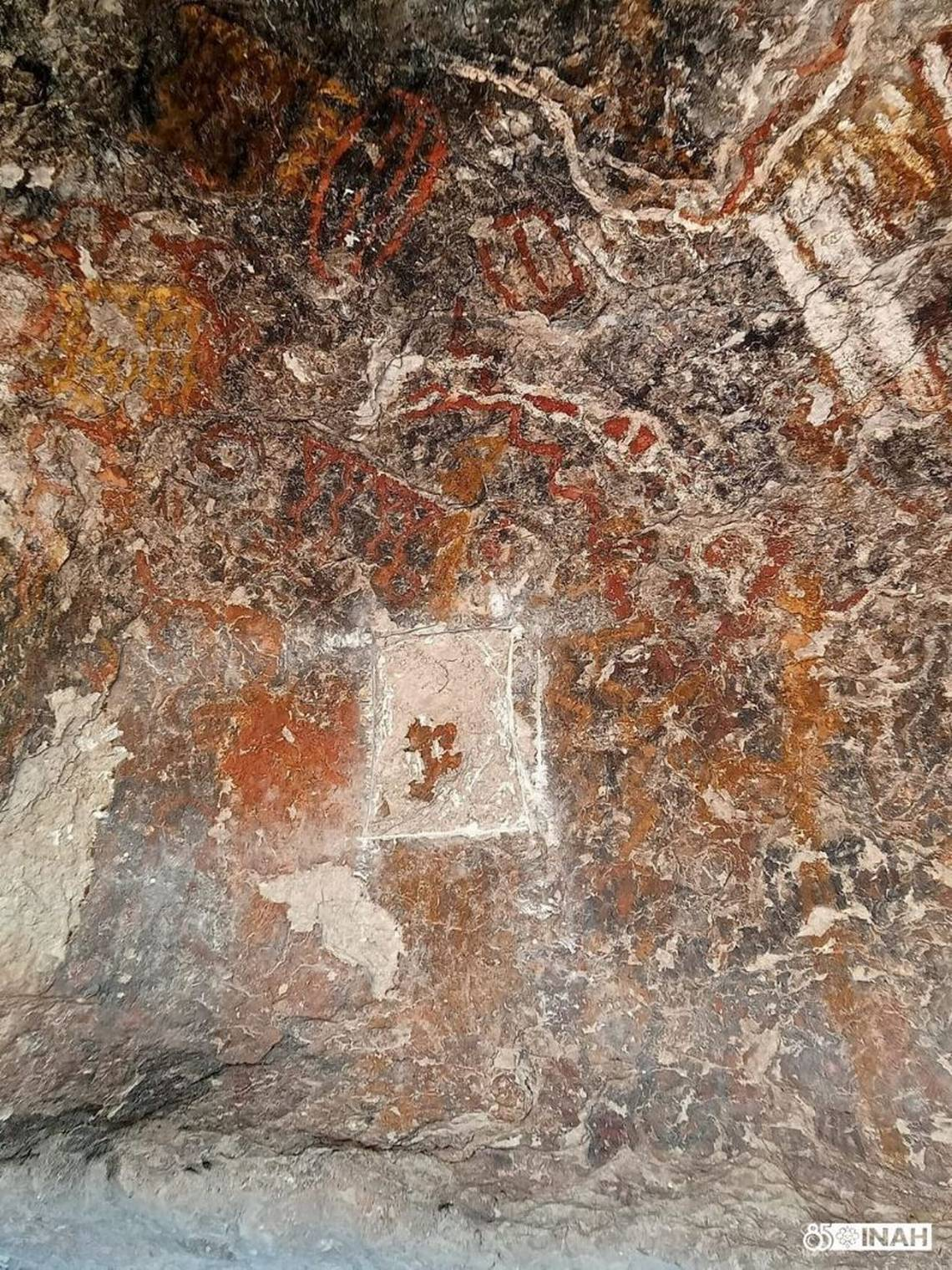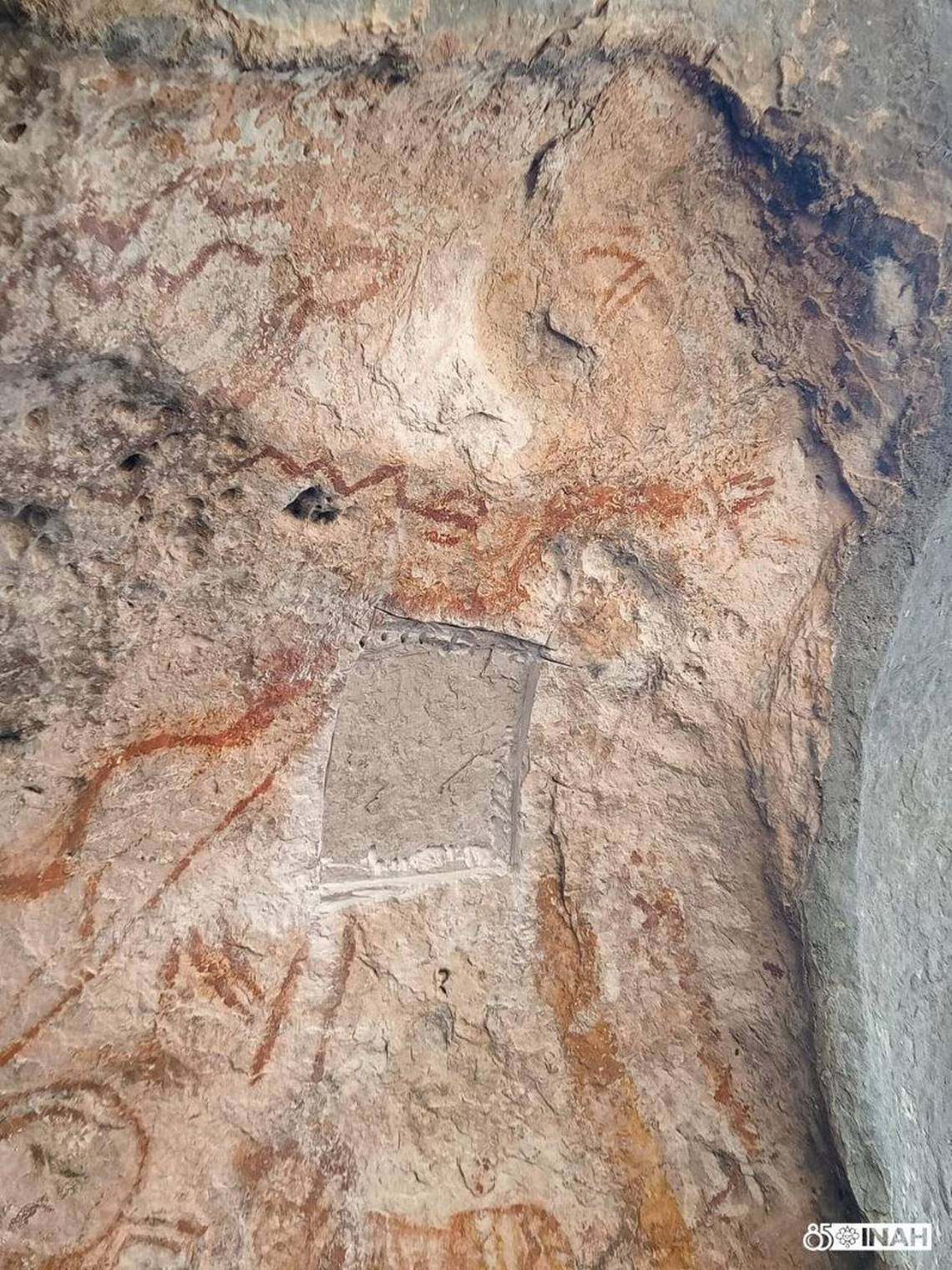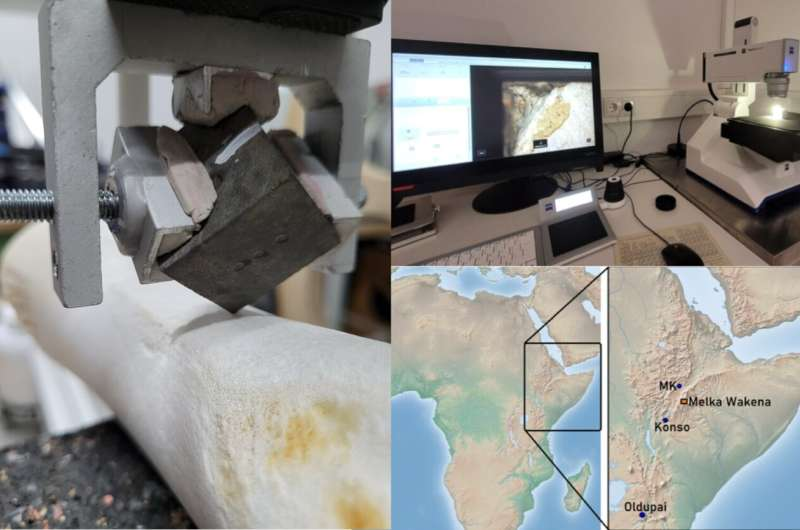Archaeologists have made an exciting discovery in Gerstetten, a village in southwestern Germany’s Heidenheim district—a rare Alemannic chamber grave dating back to the early 4th century. This significant find emerged during a rescue excavation conducted ahead of a housing development project.
Uncovering a Lost Piece of History
Commissioned by the State Office for the Preservation of Monuments (LAD) in the Stuttgart Regional Council, the excavation was carried out by ArchaeoBW, a specialist archaeological firm. The site, which has been continuously inhabited since late antiquity, offers a fascinating glimpse into the region’s historical connections to both Roman and early Germanic cultures.
The Alemanni, a confederation of Germanic tribes frequently at odds with the Roman Empire, settled in areas north of the Roman province of Raetia. Their presence in the region left behind invaluable archaeological evidence, including the recently uncovered grave.
An Isolated Chamber Grave with Remarkable Artifacts
The grave was constructed as a wooden chamber and contained the skeletal remains of a man estimated to have been around 60 years old. Radiocarbon dating places the burial between 263 and 342 CE. Notably, the grave was found in a solitary location, a characteristic feature of burials from this era.
Inside the chamber, archaeologists unearthed several valuable artifacts, including ceramic and glass vessels, a finely crafted glass cup, and an exceptionally well-preserved small comb with all its teeth and handle intact. The glass cup likely originated from the late Roman fort of Guntia (modern-day Günzburg), while other grave goods bear striking similarities to artifacts from the central Elbe-Saale region.
Significance of the Discovery
The quality of the burial site and the objects found within suggest that the deceased held an important status within Alemannic society. Early Alemannic graves in the Baden-Württemberg region are rare, and most commonly appear in small clusters of five to twelve burials. This individual grave, however, stands out due to its unique construction and the exceptional quality of its funerary items.
Preservation and Future Excavations
Following the excavation, the artifacts were transported to the LAD restoration workshop in Esslingen for further analysis and conservation. While the excavation team continues to document the human remains and other objects, two ceramic vessels have already been successfully restored.
The Stuttgart Regional Council remains hopeful that additional graves may be uncovered, as the area south of the current excavation site has yet to be explored. Further archaeological investigations are scheduled to resume at the end of the year, potentially revealing more insights into this ancient Alemannic settlement.
This remarkable discovery not only enriches our understanding of early Alemannic culture but also highlights the deep historical connections between the Germanic tribes and the Roman Empire. As further research unfolds, archaeologists hope to uncover even more hidden secrets from this fascinating period of history.


